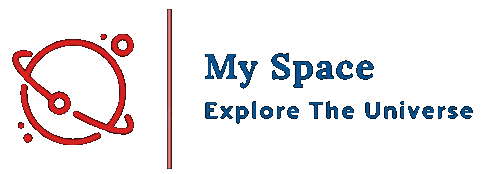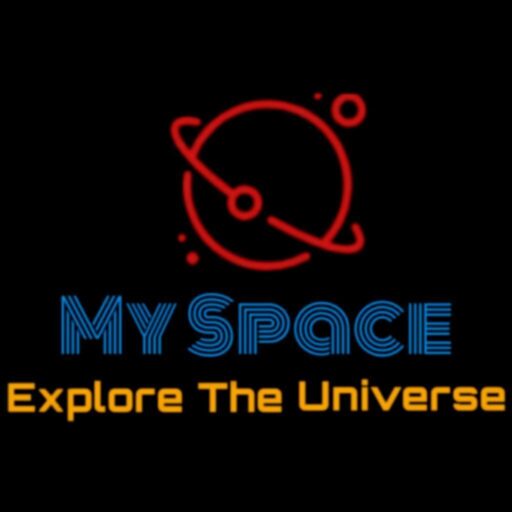Since July 2022, a miniature satellite in regards to the measurement of a shoebox has been orbiting Earth and monitoring how a lot solar power reaches the ambiance. Now, scientists are finalizing their evaluation of the primary 5 months of measurements it gathered whereas in orbit.
The sun is by far the biggest supply of power to Earth, dwarfing the power generated by Earth’s core, and it performs a serious position in global climate. Exact and accurate measurement of how a lot solar power is absorbed by Earth—Whole Photo voltaic Irradiance (TSI)—is essential to our understanding of Earth’s local weather system.
The CubeSat, known as the Compact Whole Irradiance Monitor-Flight Demonstration, or CTIM-FD, is on a one-year mission to develop and check new applied sciences for measuring TSI.
CTIM-FD was designed and constructed by the Laboratory for Atmospheric and Area Physics (LASP) on the College of Colorado Boulder and the Nationwide Institute of Requirements and Know-how (NIST).
A key a part of this mission is to straight examine the measurements of CTIM in opposition to its bigger counterparts to reveal that it might probably carry out measurements simply as exactly and precisely.
“The CTIM mission performs a key position in the way forward for solar irradiance measurements. The CubeSat platform permits us to go from the primary thought to on-orbit demonstration a lot quicker than conventional space know-how, permitting us to fast reveal its viability in addition to learn the way we might enhance the instrument design for future missions,” mentioned David Harber, principal investigator (PI) of the CTIM-FD mission and instrument engineer at LASP.
Isolating precisely how a lot power is coming from the sun helps climate scientists tease aside the assorted pure and human elements of Earth’s power price range. Within the newest Earth Science Decadal Survey, TSI, which is measured in watts per sq. meter, was designated one of many “Most Essential” measurements for Earth scientists to make.
Extending an important 40-year local weather report
Since 1978, scientists have used a wide range of space-based devices to measure TSI. CTIM is a smaller, lighter model of earlier LASP-built Whole Irradiance Displays (TIMs) that flew on numerous missions. These embrace: the Photo voltaic Radiation and Local weather Experiment (SORCE) which lasted from 2003 to 2020; the Whole Photo voltaic Irradiance Calibration Switch Experiment, which operated from 2013 to 2019; and the Whole and Spectral Photo voltaic Irradiance Sensor 1 (TSIS-1), which has been on the Worldwide Area Station since 2017.
These and different devices have maintained a steady report of total solar irradiance for greater than 40 years, offering local weather scientists with a useful information set. LASP has supplied this measurement for the final 20 years. Sustaining this unbroken report of TSI information is vital for getting ready future generations of scientists to grasp and mitigate the results of local weather change.
Smaller, lighter, cheaper
However these bigger, heavier devices are costlier to construct and launch. CTIM was made smaller and lighter utilizing a variety of improvements. Foremost have been the brand new silicon bolometers developed collectively with the NIST Boulder Sources and Detectors group led by John Lehman and fabricated at NIST by Nathan Tomlin.
The silicon detectors soak up optical gentle utilizing carbon nanotubes. The nanotubes have been grown vertically, forming a really darkish floor that absorbs daylight and heats up. The detector additionally has a thermistor made from a cloth whose resistance depends upon its temperature, which offers a really correct measure of radiant warmth.
“The center of the instrument is the detector, and so shrinking the detectors is the important thing step in shrinking the instrument,” Harber mentioned. “Conventional detectors use bigger cavities to soak up gentle however carbon nanotubes enable us to soak up as a lot as a cavity with a flat floor.”
CTIM was launched on a Virgin Orbit Launcher One rocket as a ride-share on the U.S. Area Pressure’s STP-Sat 28A mission and was funded by way of the InVEST program in NASA’s Earth Science Know-how Workplace. LASP’s CubeSat mission operations and information programs groups are offering the commanding, downlink, information seize, and information evaluation for CTIM-FD operations by way of floor stations at LASP in Boulder.
The CTIM on-orbit measurements might be offered in January 2023 on the American Meteorological Society’s annual assembly in Denver.
Offered by
University of Colorado at Boulder
Quotation:
Scientists testing future know-how to increase solar power measurements (2022, December 16)
retrieved 16 December 2022
from https://phys.org/information/2022-12-scientists-future-technology-solar-energy.html
This doc is topic to copyright. Other than any honest dealing for the aim of personal research or analysis, no
half could also be reproduced with out the written permission. The content material is supplied for data functions solely.





